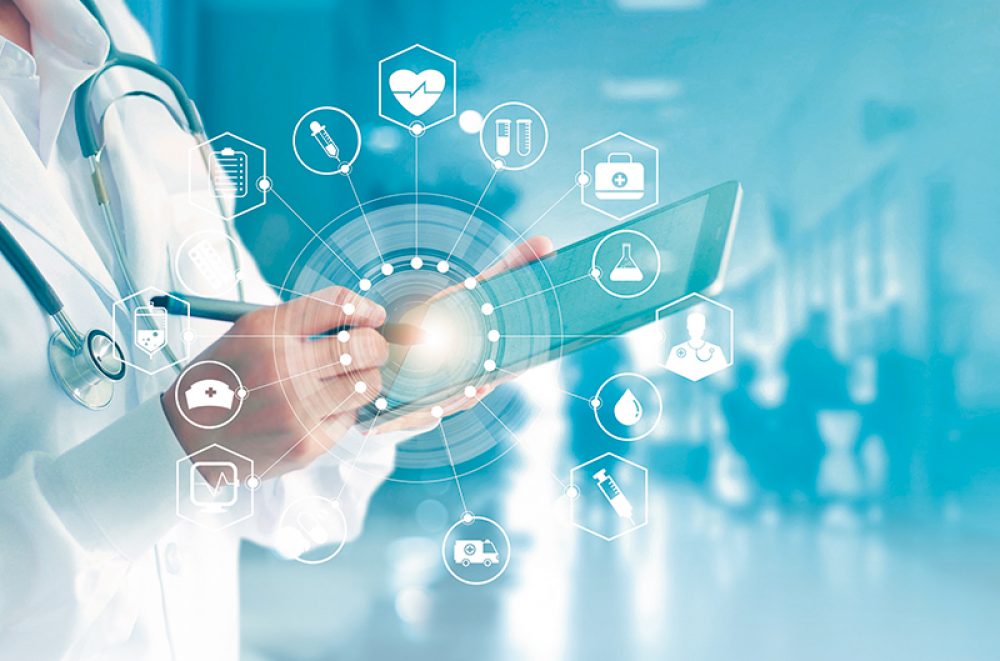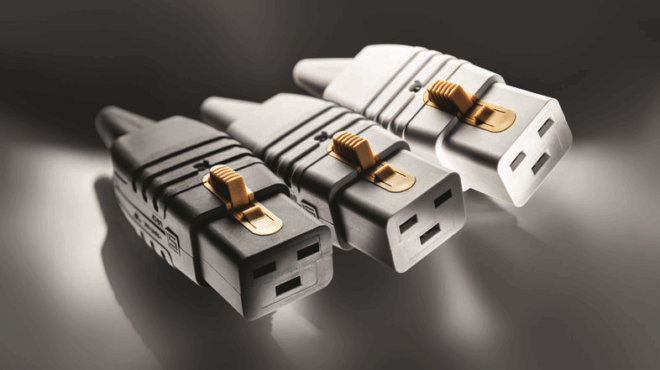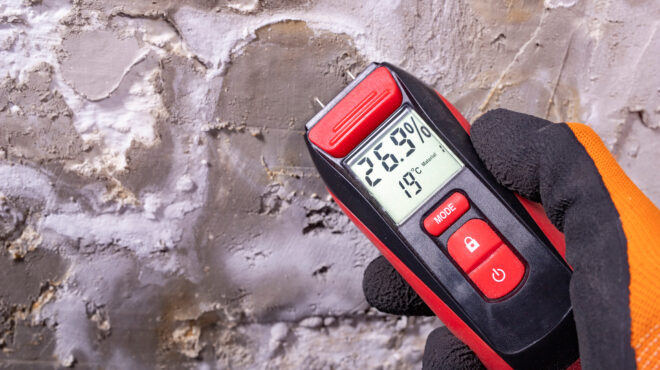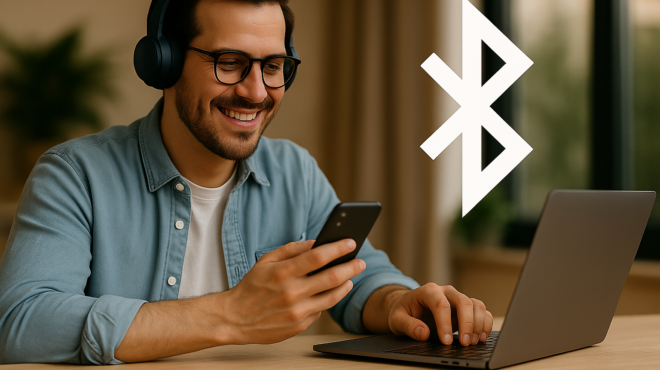
Telemedicine: The Virtual Medical Practice
Telemedicine makes medical care from home possible. In this article, you will learn all about the areas of application for telemedical patient care. What are the necessary requirements? How does digital self-monitoring work in telemedicine and what advantages does it offer?
Fields of application of telemedical patient care
With increasing digitalisation, not only have the areas of living and working changed, but consulting a doctor from home is also possible thanks to audiovisual communication technologies. This means that care can be provided without the need for a physically present specialist. But how does a virtual doctor’s visit work, and what is needed for patient care from a distance?
Telemedicine is an umbrella term for medical care concepts. These concern diagnostics as well as therapies, rehabilitation and counselling. Their common feature is the physical distance between doctor and patient. An exact classification of telemedicine in the context of eHealth methods was defined by the telemedicine working group of the German Medical Association.
A variety of methods are already being used in patient care and affect almost all medical disciplines. For example, stroke patients in some German states are treated in so-called telemedical stroke units. Patients in rural areas in particular thus have better care and healing prospects.
Positive effects of telemedicine for patients:
- Minimisation of stress and examination frequencies for doctors
- faster and more effective therapy initiation/correction, especially in time-critical cases
- Reduction or elimination of travel and waiting times
- Avoidance of unnecessary burdens from transfers (patient transport)
- Avoidance of double and multiple examinations
- avoidable visits to the doctor (home care systems)
- care close to your home with the highest level of professional competence
Positive effects of telemedicine for hospitals and doctors:
- Resources are used more efficiently.
- Shortening the duration of treatment
- Reduction of hospitalisation or routine contacts (aftercare)
- faster access to relevant patient data
- faster and safer diagnosis and therapy initiation
- Second opinion by specialists and thus increase in quality
- improved recording of short-term fluctuations in vital parameters
Applied telemedicine: Telemonitoring in detail
Digital monitoring of patients is particularly useful in the case of illnesses that require constant monitoring. These include diabetes and cardiovascular diseases. What would a telemedical intervention look like in this case? Patients would be equipped with devices to measure vital signs. The parameters to be monitored in the case of a diabetes disease are blood pressure, blood sugar and body weight. These data are directly transmitted to the doctor to be treated.
As soon as the pre-defined values are exceeded, the measuring devices automatically send a notification to the doctor, who finally reacts with concrete measures. The process is largely automatic, so there is no need to visit a doctor’s surgery.
Telemedicine includes the following sub-sectors:
- Telemonitoring is the medical monitoring of patients.
- Teletherapy means that medical services are provided through the use of modern technologies without the need for a doctor to be present. He or she directs the necessary measures from a distance.
- Teleconsultation: is used for consultation, for example to obtain a second opinion on a finding.
- Teleconference: Another doctor is called in for the ongoing treatment of a patient.
The conditions for telemedical care
In order to make professional remote treatment of a patient possible, the following requirements must be met:
- The measuring devices must provide precise data and be easy to handle. The costs for the patient should be as low as possible.
- The patient has a permanent and good Internet connection.
Especially blood sugar measuring devices, ECG devices or pulse oximeters are suitable for remote monitoring. They are easy to carry, cost-efficient and also consume little electricity. The basic fact is that the devices hardly allow any possibility for operating errors.
Precision and efficiency in measuring instruments
Probably the most important factor with regard to the use of measuring instruments is the exact collection of data. They must match the performance of professional equipment in the medical practice. Precise measurement must be guaranteed despite user-friendly interfaces and therefore poses a great challenge for developers.
An innovative solution was created, for example, with the “Heart Rate Click” on the MAX30100 module from Maxim Integrated. The entire sensor system is located in a component no larger than 6×6 mm. This is used for heart rate monitors and also serves as the basis for portable pulse oximeters. Among other things, the oxygen content of the blood as well as the heart rate are regularly monitored. Data is then transferred to the telephone via Bluetooth LE or via a WLAN router.
Digital self-monitoring in telemedicine
Tracker, apps and Raspberry Pi
Fitness trackers and various apps for monitoring health have long been part of everyday life for many people. Whether sleep quality, ability to concentrate or nutrition – thanks to small digital helpers, all this can always be monitored and optimised.
The Raspberry Pi is also an efficient way to monitor heart rate. With the Raspberry Pi Plus sensor, the pulse and the load on the cardiovascular system can be easily monitored. In addition, the sensor can also be used in mobile Raspberry Pi applications due to its low power consumption. As the sensor does not provide a digitally readable signal, an analogue-digital converter (ADC converter) is used.
Whether as a fitness tracker on the wrist or as an individual analysis tool on the smartphone: some forms of telemedicine already make everyday life easier. However, the true potential is far from being exhausted.


